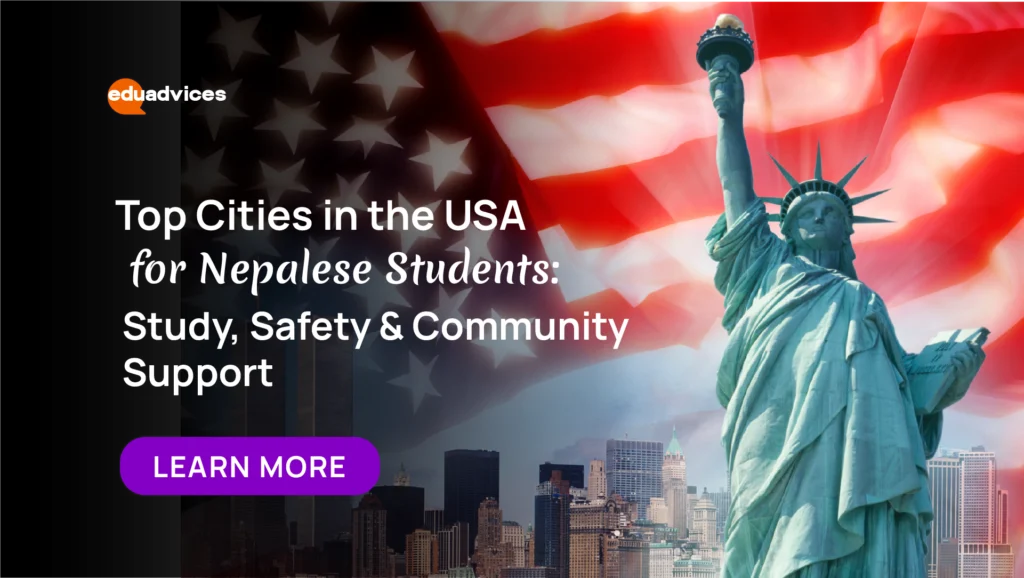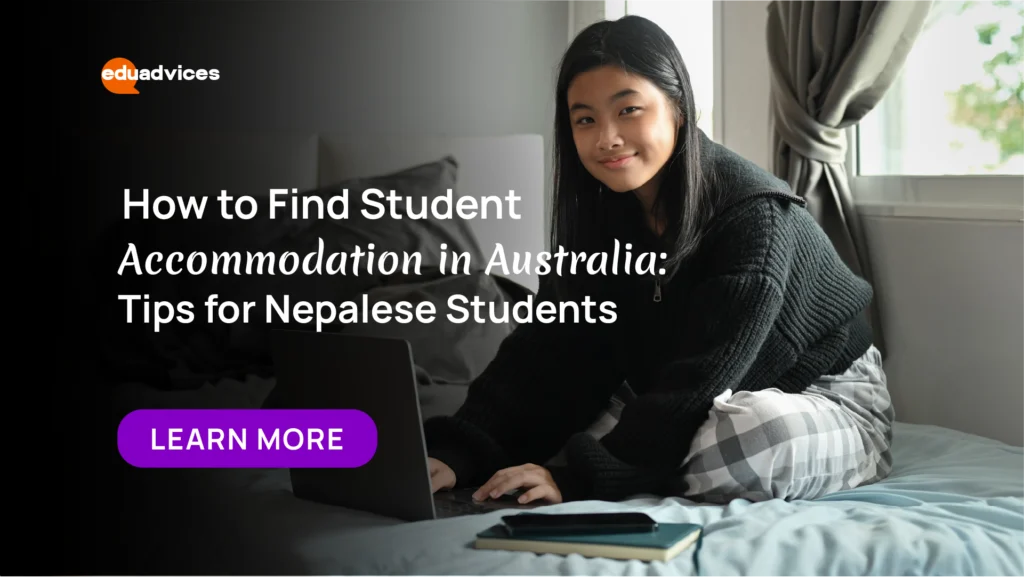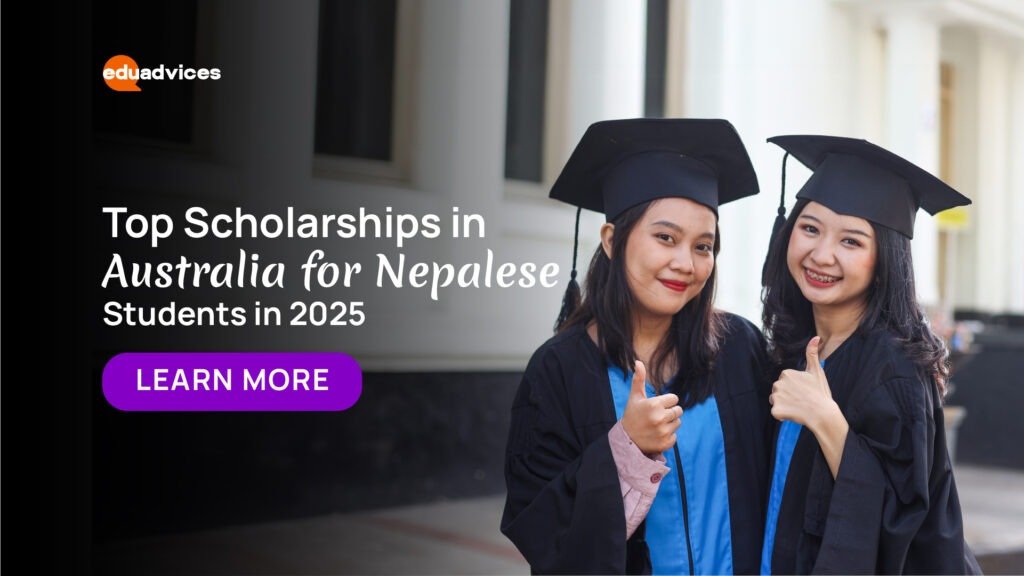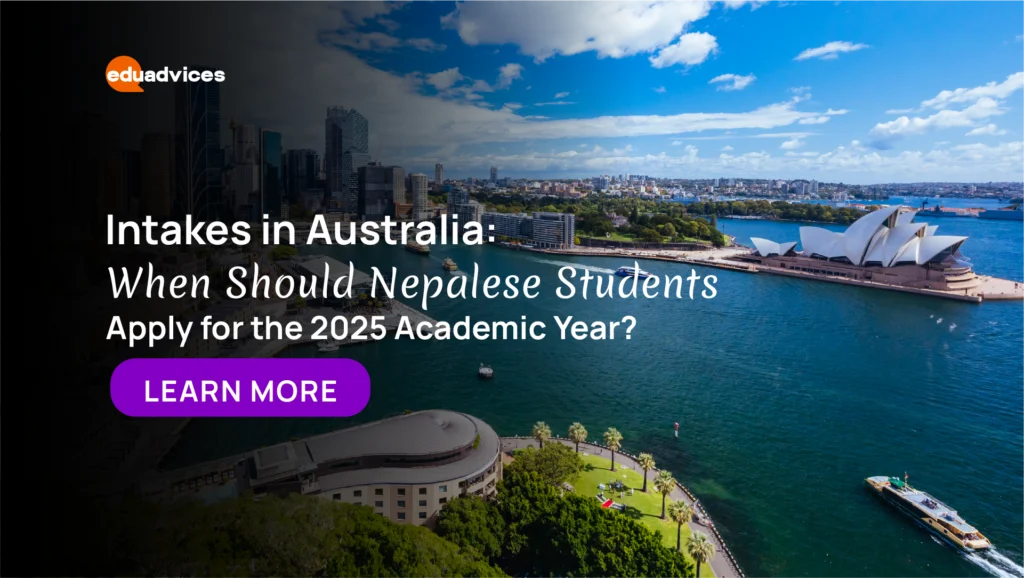Most Popular Courses in UK For International Students
The United Kingdom has long been one of the most preferred study abroad destinations for international students due to its globally recognised degrees and universities, quality education and excellent career opportunities. Every year, thousands of students from Nepal, India, China and other European countries choose to study in UK for its wide range of academic and professional opportunities. For international students, choosing the right course is about finding a course that opens doors to rewarding opportunities both in the UK and globally. From business and finance to engineering, health care and creative industries, some of the most popular courses in UK for international students are designed to meet the international demand and global job markets. In this blog, we’ll explore some of the most popular courses in UK for international students, why they are in demand and how they can shape future careers. Why Choose the UK For Higher Studies Many students often wonder why to study in the UK. The first reason for studying in the UK is the unmatched quality of education. The UK is home to world renowned institutions, including the Russell Group universities, that consistently rank among the top in global university rankings. Degrees from UK universities are recognized worldwide, giving graduates an edge in international job markets. One of the unique benefits of studying in the UK is the shorter course duration compared to other countries. Undergraduate courses are usually completed in 3 years, while most master’s degrees take just 1 year. This not only saves time but also helps reduce overall tuition and living expenses, making your study and accommodation in the UK more cost-effective. Another reason why choose UK for higher studies is the career pathway it creates. The UK has a strong job market in industries like finance, healthcare, IT, engineering and creative fields. With opportunities such as the Graduate Route visa, international students can stay back after completing their degree to gain valuable work experience. For many, this also serves as a stepping stone for long term settlement options. Most Popular Courses in UK for International Students Choosing the right subject is one of the most important decisions for students planning to study in UK. International students are drawn to courses that not only offer quality education but also open strong career opportunities across the globe. Here are some of the most popular courses in UK for international students: Business and Management Business and Management is the most popular course for international students in the UK. Universities like London Business School, Warwick, and Manchester are globally ranked, while Coventry, Cardiff Metropolitan, and West London provide practical, industry-based programs. Many also offer ACCA pathways, which is highly valuable for students pursuing careers in accounting, auditing, and finance. The UK’s reputation as a hub for finance and trade makes it the perfect place to study Business and Management. Engineering and Technology The UK is a hub for innovation, making Engineering highly sought-after. Leading institutions such as Imperial, Cambridge, and Manchester excel in research, while Hertfordshire, De Montfort, and Northampton focus on hands-on training. With rising demand in AI, robotics, and IT, graduates enjoy strong global career prospects. Studying engineering in the UK means access to cutting-edge labs, research projects, and connections with global industries. Medicine and Healthcare Post-pandemic, Medicine and Healthcare has grown even more popular. Oxford, Edinburgh, and King’s College London offer world-class medical programs, while Bedfordshire and West London attract students for nursing and biomedical sciences. UK degrees emphasize clinical exposure, preparing students for careers in healthcare worldwide. For anyone passionate about making a difference in healthcare, this is one of the most rewarding study options in the UK. Law The UK’s legal system has shaped much of the world, making Law a top choice for international students. Elite schools like Oxford, Cambridge, and Durham dominate, while Essex, Kent, and Middlesex offer practical and affordable options. A UK law degree opens doors to global careers in advocacy, corporate law, and international relations. Many international students also use a UK law qualification to build careers back in their home countries, as the degree is widely respected. Computer Science and IT With the digital economy booming, Computer Science is one of the fastest-growing study areas. UCL, Cambridge, and Edinburgh lead in AI, data science, and software development, while Coventry, Hertfordshire, and De Montfort are known for employability-focused IT programs. Graduates are in demand as software engineers, data analysts, and cybersecurity experts. With the UK’s thriving tech hubs in London, Manchester, and Cambridge, students have excellent opportunities for internships and jobs during and after their studies. Social Sciences and Humanities Subjects like Psychology, Economics, Politics, and Sociology remain popular among international students. LSE, Oxford, and Warwick lead globally, while Essex, Northampton, and Cardiff Met are known for affordability and practical focus. Graduates work in NGOs, policy making, and international organisations. With the UK’s diverse student community and global reputation in the social sciences, studying these subjects offers both academic depth and strong career prospects. Art, Design and Creative Studies The UK’s vibrant creative sector attracts students in fields like fashion, film, and design. Institutions such as University of the Arts London, Goldsmiths, and RCA are world leaders, while Middlesex, Coventry, and West London provide modern creative programs. The UK’s thriving creative industries, ranging from fashion to film and digital media, provide plenty of opportunities for graduates to build successful careers. Studying in such a culturally rich country gives students inspiration and practical exposure to develop their creative talent. How To Choose The Right Course in the UK Choosing the right course in the UK is one of the most important decisions for international students. When exploring study options for international students in UK, it’s essential to consider both your passion and long-term career goals. Start by identifying the field you want to build a career in, whether it’s business, engineering, IT, healthcare, law, or creative arts. The choice should be based not only on interest but also on career opportunities and future goals.











